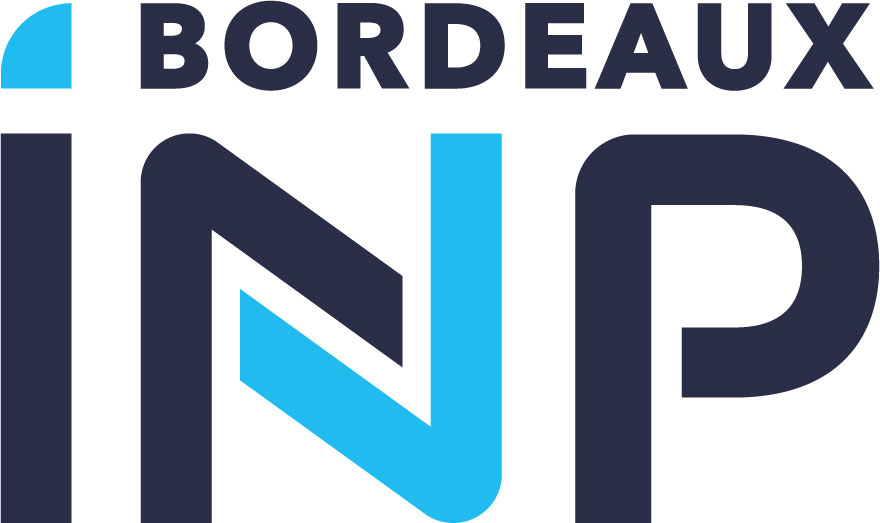Le Laboratoire
Actions Sociétales

Institut de Mathématiques de Bordeaux UMR 5251
Université de Bordeaux
351, cours de la Libération - F 33 405 TALENCE
Tél: +33 (0)5 40 00 60 70
institut
math.u-bordeaux.fr



